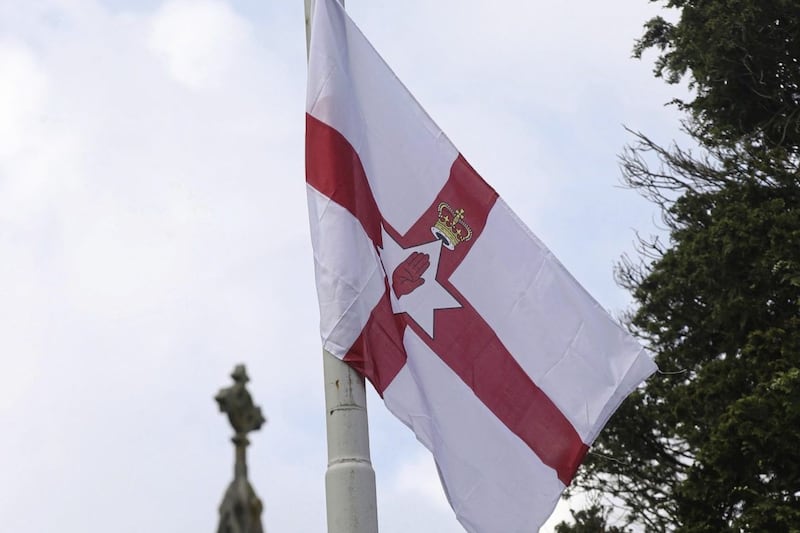IN the ‘one for you, one for me’ manner we’ve become accustomed to with Stormont’s modus vivendi, the members of the Commission on Flags, Identity, Culture and Tradition were selected to reflect cross-community representation.
While the commission’s remit was quite broad, encompassing aspects of sport, education and language in a divided society, the main issues it sought to address are primarily linked to a minority section of the unionist community.
That’s not to say some nationalists don’t fetishise flags and bonfires to the same degree. Regrettably, there’s still a small number of self-styled republicans who ape their loyalist counterparts, ghettoising areas by festooning them with flags and other symbols associated with an era most of us have left behind.
Yet at the risk of being labelled sectarian, it’s fair to say that contentious flags and bonfires are a problem associated mostly with loyalism, that strain of unionism that is politically under-represented and often has difficultly articulating exactly what it stands for. In many ways, flags and bonfires are loyalism’s main form of expression. It’s their culture and tradition but in the 21st century, such displays are regarded as crude and anachronistic, whatever you’re view on the constitutional arrangements. Flags are also deployed on public property and shared spaces by rival paramilitary groups to indicate which has supremacy in a particular area.
However, for some reason political unionism fails to challenge this tribalism, and at various junctures is happy to be seen indulging it. Unionist MPs, MLAs and councillors are unlikely to spend the early summer hanging flags from lampposts or collecting pallets to burn on the Eleventh Night. Most are middle class and privately may even find such displays distasteful, yet seemingly they lack the courage or inclination to stand up to it.
In a modern day manifestation of ‘Big house unionism’, the unionist leaders that visited Adam Street in Tiger's Bay in July were unlikely to be regular visitors to that part of north Belfast either before or since. However, they were determined to show solidarity with the teenage bonfire builders, while according to SDLP minister Nichola Mallon, nationalist residents in nearby New Lodge were attacked with golf balls and experienced sectarian abuse.
It’s this kind of lawlessness and anti-social behaviour that the Commission on Flags, Identity, Culture and Tradition was established in 2016 to address. It sought to remove the toxicity, both literally and figuratively, from behaviour that has become almost normalised and to some, entirely acceptable under the guise of cultural expression.
The commission appears to have carried out its work sincerely and thoroughly, making a raft of recommendations that would help ease community tensions. Many of the solutions they propose are cumbersome and require support from a range of statutory bodies but they have created a template that if adopted could ensure cultural expression can flourish but in a way that makes the protagonists accountable for their actions.
Unfortunately, like so many sensible and progressive proposals, the commission’s report, and more crucially any plan to implement its recommendations, have got stuck in the Stormont mire – the political badlands where policies simply run out of momentum and die.
Five years and more than £800,000 spent yet the only people that could be happy with such an outcome are the reactionaries who wish time had stood still around the mid-1960s. Instead of leadership we get excuses and accusations that continue to fuel the culture war. They hope that soon the commission's report will be forgotten – neglected and unwelcome, like a torn union flag fluttering on a lamppost in a cold winter wind.







